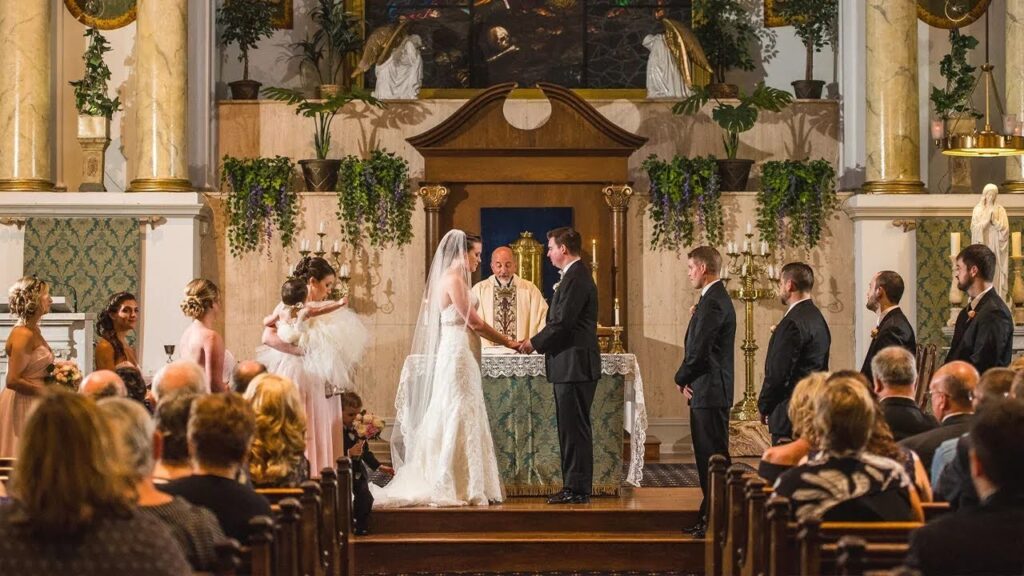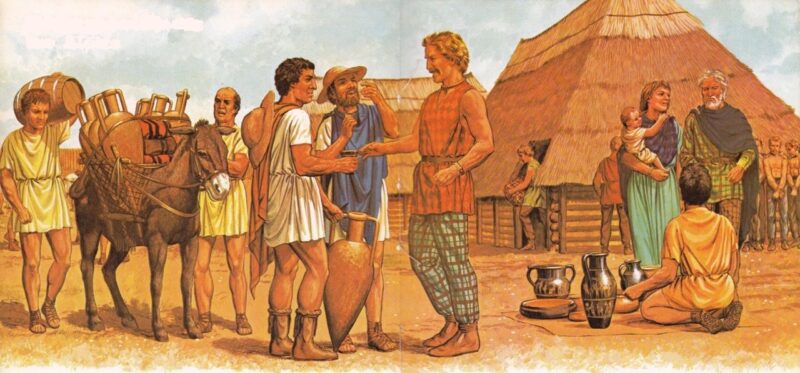The Hidden Stories Behind Everyday Traditions: Exploring Cultural Roots

Everyday traditions, whether grand or small, carry profound stories woven through time. From weddings to festivals of light, these customs are more than rituals—they are windows into the cultural values and histories of people across the world. Uncovering the hidden stories behind everyday traditions reveals their universal themes and timeless importance.
Why Traditions Matter
Traditions serve as anchors, connecting individuals to their cultural roots and providing continuity through generations. They foster a sense of belonging, teach values, and preserve history. Psychologists argue that traditions strengthen communities by creating shared experiences, making them a cornerstone of human life.
The Evolution of Wedding Ceremonies

Modern weddings are a mosaic of cultural influences. The tradition of exchanging rings, for instance, dates back to ancient Egypt, symbolizing eternal love. The white wedding dress became popular after Queen Victoria’s marriage in 1840, setting a trend that endures. These customs reflect the evolving ways societies express love and commitment.
Birthdays: A Celebration of Life
Birthday celebrations trace back to ancient Egypt and Greece. Initially reserved for deities, the practice of marking individual milestones expanded to common people in Roman times. Today, traditions like cakes, candles, and parties have different meanings worldwide but universally symbolize the joy of life.
Holiday Feasts and Festivities
Holiday feasts are ancient practices that bring people together. For example, Thanksgiving in the U.S. has roots in harvest festivals, while Christmas dinners reflect medieval feasting traditions. These meals are more than sustenance; they represent gratitude, community, and celebration.
The Cultural Significance of Tea
Tea ceremonies in China, Japan, and the UK demonstrate how a simple drink can carry deep meaning. The Chinese Gongfu Tea Ceremony emphasizes mindfulness, while Japan’s Chanoyu reflects harmony and respect. Each ritual embodies values that transcend the act of drinking tea.
Rituals of Passage Across Cultures
From bar mitzvahs to quinceañeras, rites of passage mark significant life transitions. These traditions provide a sense of purpose and belonging, bridging childhood and adulthood in meaningful ways. Their continued relevance highlights the universal need for structure during times of change.
Superstitions and Their Origins
Have you ever wondered why breaking a mirror is considered unlucky? Superstitions often stem from ancient beliefs. The idea of bad luck from shattered mirrors originates from Roman times, where mirrors were thought to reflect one’s soul. Exploring such roots uncovers the interplay between folklore and fear.
Traditional Clothing and Symbolism
Traditional attire, from Indian saris to Scottish kilts, tells the story of a community’s history and identity. Each piece reflects environmental influences, social hierarchies, and cultural values, making clothing a living testament to heritage.
The Stories Behind National Holidays
National holidays often commemorate pivotal events. For instance, Bastille Day in France celebrates the French Revolution, symbolizing liberty and unity. Understanding these origins enriches appreciation for the collective memories they represent.
Conclusion
Every tradition has a story—some ancient, some evolving—that connects us to the tapestry of humanity. By exploring the hidden stories behind everyday customs, we deepen our understanding of cultural identity and the timeless threads that unite us all.








